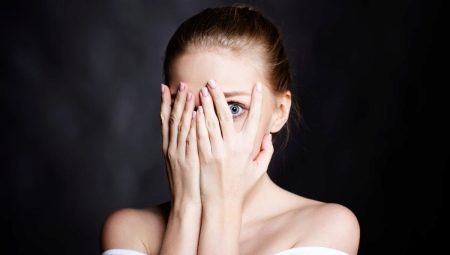“There is nothing nicer than a vanishing fear,” wrote the famous American writer and philosopher Richard Bach. Only a person who has experienced the “fear of fear” —phobophobia — can appreciate this dignity and accuracy. Fear in itself, as a habitual reaction to any danger, a feeling is useful, but phobophobia is fear in the absence of an object of fear.
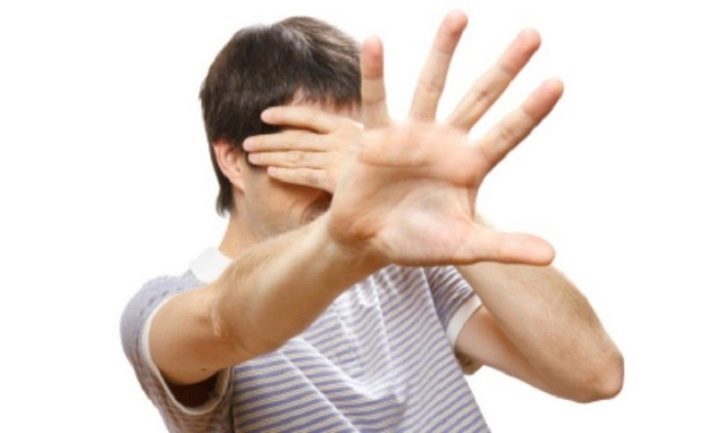
What it is?
A phobia is an intense, unaccountable fear that appears during the perception of a certain object. The emerging state is pathological, irrational and uncontrollable. In this case, a feeling of fear appears regularly, due to the existence of many stressors. With phobias, fears are usually imaginary, that is, they depend on the individual characteristics of a person's perception of situations and objects. Phobophobia (“fear of fear”) is a fear of the appearance of obsessive fear. This mental disorder is rather closely interfaced with panic attacks and other phobias.
A distinctive feature of this mental phenomenon is that its manifestations are not related to the real object, they are born within the psyche of the sick person and depend solely on the specifics of his emotional-associative perception of the world. Phobophobia is characterized by fixed in the human memory, intense and painful individual sensations, which are far from always amenable to control and self-control. The occurrence of such sensations is irrational, they are not related to the external environment and its stressors.Provoked by horror at the possible onset of previously experienced feelings of deep anxiety, helplessness and hopelessness, phobophobia is a closed figure of fear.
In other words, this is a vicious and extremely painful circle in which the patient closes and finds no way out. Phobophobia affects people who have previously experienced various types of phobias or survived panic attacks.
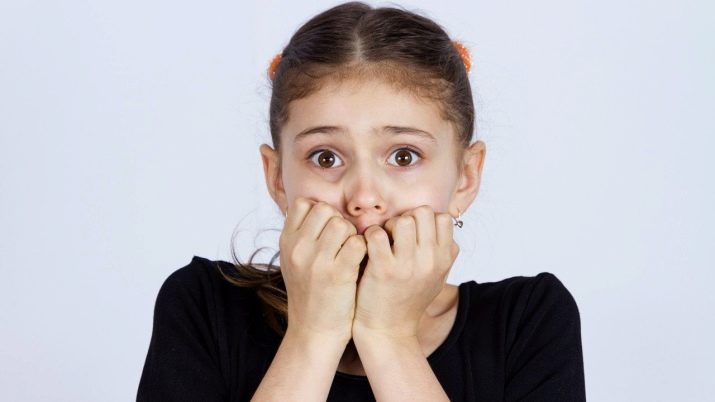
The obsessive fear caused by the thoughts and feelings of the patient gradually, as the disease develops, acquires a generalized, all-encompassing quality, which becomes dominant in its development. The patient involuntarily begins to monitor the state of his emotional-psychological sphere, waiting for a new attack. Gradually, the expectation of fear becomes permanent and extremely painful, and attempts to self-control and master the situation remain hopeless. In the future, forced and painful monitoring of the state of one’s emotional and psychological sphere becomes dominant. The process leads to significant limitations on the patient's capabilities in almost all areas of his activity and, as a result, to possible social self-isolation.
Living with phobophobia is reminiscent of the famous character from the poem for children by A. Barto "Bull".
There is a goby, swinging,
Sighs on the go:
- Oh, the end is over,
Now I will fall!
Only a person in this situation does not just “sigh”, he realistically and deeply experiences, painfully and waryly expecting a fall into this oppressive, dark abyss of fear. Such intense expectation exhausts the psyche, depletes the body until serious diseases of somatic origin occur.
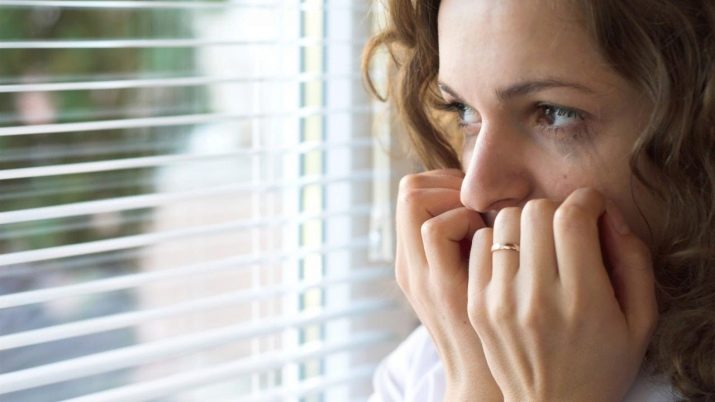
The disease is triggered by the following external factors:
- circumstances in which the sick person once visited and experienced fear;
- events remembered from books or films;
- emotions are similar to emotions experienced by patients in previous attacks of phobophobia;
- phrases of the interlocutor accidentally fixed in memory and others.
Important! The more the patient tries to distance himself from terrible memories, the more often their memory returns.
The development of phobophobia occurs in stages.
- The period of anxiety develops from the “phase of shock", overcoming the resistance of the body. Somatics also contribute to the formation of anxiety - malfunctions in the adrenal glands, the immune and digestive systems occur. Often appetite worsens.
- The stage of resistance is the mobilization and adaptation of the body to new conditions. Feelings of anxiety, aggression, excitability, characteristic of the first stage, become dull. Despite relative calm, the sense of expectation of ominous fears persists and continues its destructive work.
- The stage of exhaustion - the resistance of the body is exhausted, psychosomatic disorders are exacerbated. Long depressive states and nervous breakdowns are possible. Need medical help.

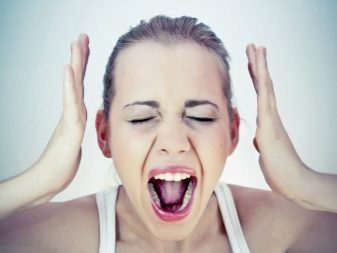
Causes of occurrence
The determining elements of the process of the onset of the disease are the features of the perception of the situation of fear and its capture. With typical phobias, getting into a provocative situation, patients associate fears with any particular object. With phobophobia, the main element is the strong, incomprehensible, spontaneously (as it seems to the patient) pop-up internal sensations of the patient, existing autonomously and depending solely on his emotional state.
Other fears may be hidden behind expectation and fear: fear of experiencing a sense of horror again; excessive care about your health, since phobophobia can be accompanied by obvious reactions of a vegetative nature (redness, difficulty breathing, malfunctioning of the heart muscle, high blood pressure and others).
Often, different fears can be combined, while one of them, for example, fear of insanity, dominates, while others form the fateful background of the picture of the disease.Depending on various circumstances and characteristics of the patient’s emotional-associative series, various fears are alternately activated. Thus, experiencing a fear of fear, a sick person may fear the following aspects:
- a repetition of the experience of a painful sensation of horror;
- experiencing fear as a threat to your health, as the symptoms of horror can remind you of the symptoms of a heart attack or an asthma attack; hence the fear for his life arises, and any strange bodily sensations become suspicious;
- some symptoms of fear form unusual sensations in the head, dizziness, a feeling of loss of connection with reality, visual distortions; after which the patient begins to fear for his reason;
- Often the dominant role in the process is played by the fear of losing control over oneself (over one’s body, behavior, memory, attention).
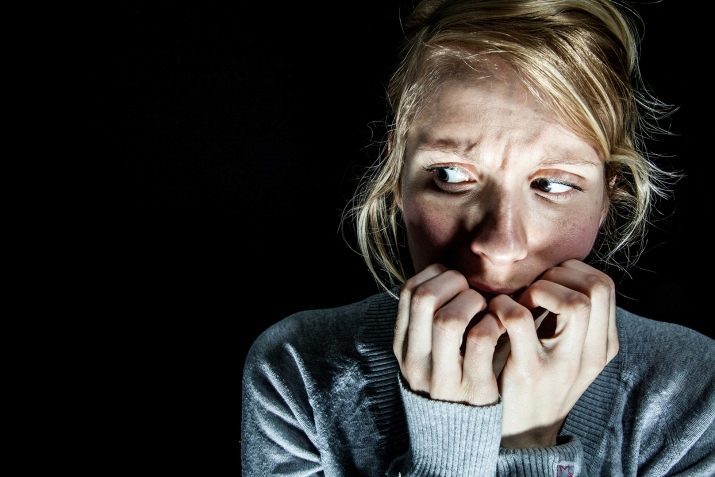
The main cause of phobophobia is the influence of negative factors of psychogenic origin, which reduce the degree of stress resistance and worsen the physiology of the patient. Features of the manifestation of the initial symptoms depend on the level of strength and the mode of exposure of the initial negative stressor. If the initial traumatic event was relevant for the individual, then there is definitely a likelihood of a disease. With repeated but weak exposure to stressors, the disease will develop gradually, proceeding covertly until it reaches its peak. The most prone to this disease are people such as:
- highly emotional;
- with low stress resistance;
- shy and timid;
- overly suspicious;
- with choleric or melancholic temperament;
- conflicting.
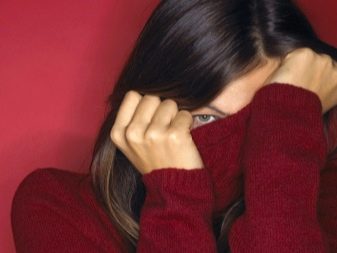

There are a number of scientific concepts to one degree or another that explain the causality of phobic disorders.
- Psychoanalytic. Psychoanalysts believe that one of the causes of the disease can be costs in the family upbringing of children (hyperprotection, isolation and others). According to them, the cause of phobias may be the suppression of sexual desires, fantasies, embodied in neurosis and panic attacks.
- Biochemical Biochemists are of the opinion that fear develops due to disturbances and malfunctions in the functioning of hormonal and other body systems.
- Cognitive. The cognitive-behavioral concept advocates that the formation of prerequisites for the disease contribute to: concern about one’s health, conflict and negativistic way of thinking, social isolation, unhealthy family environment.
- Inherited. Hereditary views on the causes of the disease relate to the likely effect of genes on its development. Some scientific studies support this concept.
The following factors can affect the possible development of phobophobia to varying degrees:
- head injuries;
- overwork, lack of proper rest;
- alcoholism, drug addiction;
- nervous agitation and conflict;
- poisoning;
- diseases of the internal organs.

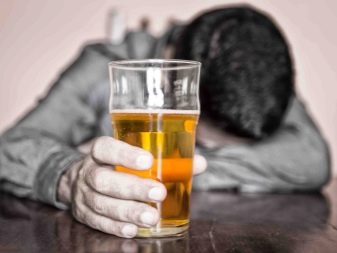
Signs
The psychosomatic picture of the disease determines an extremely wide range of symptoms (signs) in the development of phobophobia. Disturbing memories can be triggered by completely different factors. In addition, such a variety of symptoms depends largely on the individual characteristics of the temperament, character, personal characteristics of a person and his life experience, the combination of which, as you know, is unique. Self-control, as one of the key features of a person’s character, which determines not only the ability to control oneself, emotions, act effectively in significant and critical circumstances, makes it possible to obtain a decent social status. A person who is not able to control himself, as a rule, becomes an outcast in any social group. This social taboo in tandem with the psychasthenic and demonstrative personality traits often leads to the formation of phobias.
Sensing the futility of personal control over their thoughts and memories, patients with phobophobia attempt to control the outside world. To do this, they often form a complex system of rituals, usually hidden from others. In particular, the absence of a specific object of fear leads to a strengthening of the tendency to avoid. A person suffering from phobophobia may be afraid of an attack of claustrophobia while traveling in a car, flying in an airplane, or being afraid of communicating with another person.
Uncertainty and many potentially “dangerous” situations force the patient to significantly limit himself in many areas of life.
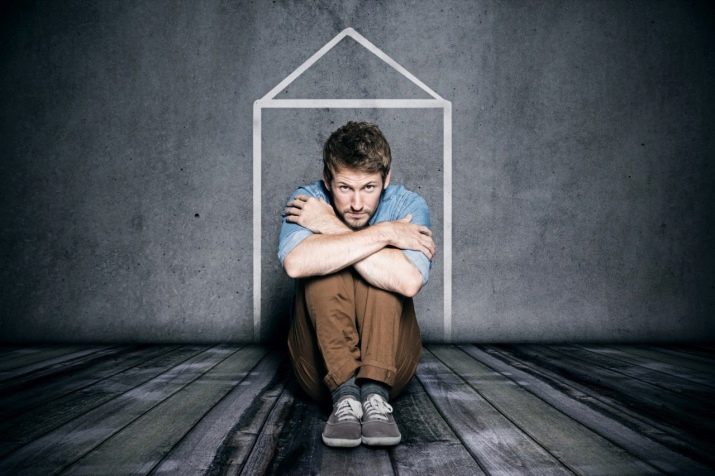
Often patients with phobophobia associate personal fears with anxiety about their health. In these cases, accents of vegetative symptoms or disturbances in the perception of oneself and the world are possible. Typically, these patients complain of palpitations, lack of air, weakness in the legs, dizziness, stomach discomfort, nausea, and involuntary urination. Some patients record a feeling of loss of control over their body, a certain “emptiness” in the head, a narrowing of the field of vision and visual distortions. Such symptoms result in fear of death, insanity, or memory loss.
Represented images of the tragic consequences of phobophobia attacks lead to adrenaline rushing, which affects the functioning of the autonomic system - the rhythms of pulse and respiration increase, the tone of smooth muscles changes. All this leads to the occurrence of the above symptoms. Thus, mental phenomena lead to somatic changes in the body - the prophecies of a patient with phobophobia become a reality, self-fulfilling.
During the generalization process, the disease covers an increasing number of situations that provoke new attacks of phobophobia - this is the vicious, fatal circle of the disease.
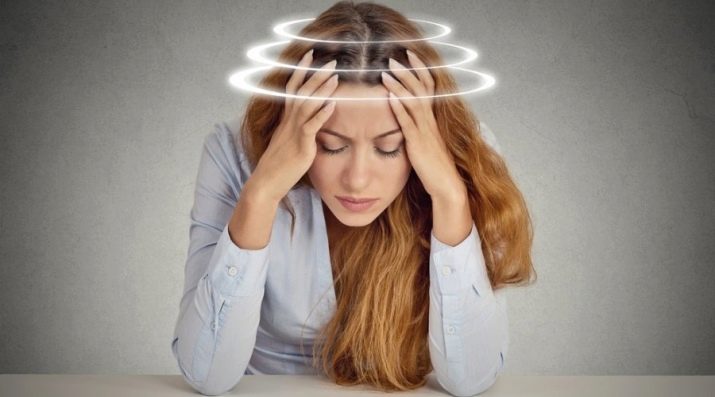
Any bodily sensations can provoke an attack. In the future, they begin to be caused not only by negative, but also by positive emotions. The more the disease is started, the more frequent and intense the attacks become. Other mental disorders are added to the fear of fear: depression, generalized anxiety and obsessive-compulsive disorders. Becomes possible: alcoholism, abuse of benzodiadepines or sedatives.
Thus, the following can be attributed to the main signs of phobophobia:
- a feeling of powerlessness from the inability to exercise control over your thoughts;
- attempts to form and comply with a special protective ritual system leading to isolation;
- bouts of claustrophobia and sociophobia;
- appropriate autonomic symptoms.
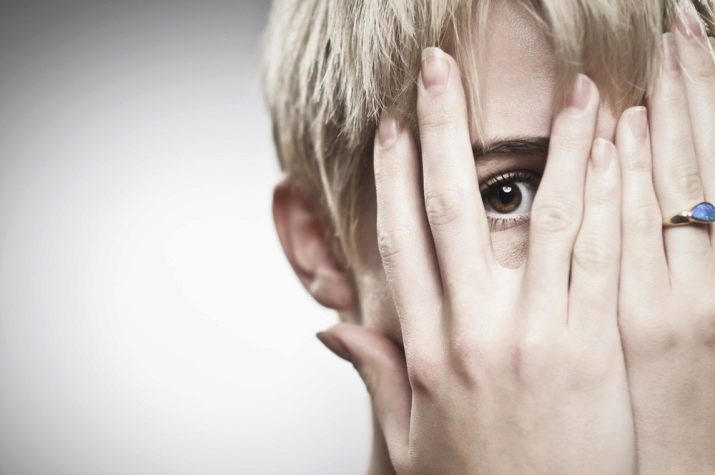
What is dangerous?
In its development, phobophobia becomes a pathological, obsessive, dominant process over the mind and an objective assessment of reality. The self-reinforcing mechanism of phobophobia provokes a significant deterioration in the general condition of the body. In addition, it can be a real basis for the emergence of a number of negative addictions (alcoholism, drug addiction and others), resorting to which patients try to avoid painful conditions. As a result of the triggering of protective mechanisms, patients have a persistent desire for self-isolation so that accidental communication with someone does not lead to another attack.
The real danger is that phobophobia is a constant test for the whole organism. First of all, the cardiovascular, nervous, endocrine and digestive systems are affected. The psychological state worsens to a large extent, and severe mental illnesses develop.The damage to the body is significant, and sometimes irreparable. Seeking medical help becomes necessary. The doctor, examining the patient, will choose the appropriate method of correction and therapy.
It is important to understand that with a timely visit to a doctor, a high level of motivation and the patient’s willingness to cooperate with doctors and psychotherapists, phobophobia can be completely eliminated. In severe conditions, it will take longer to recover, while maintaining a positive prognosis for cure.
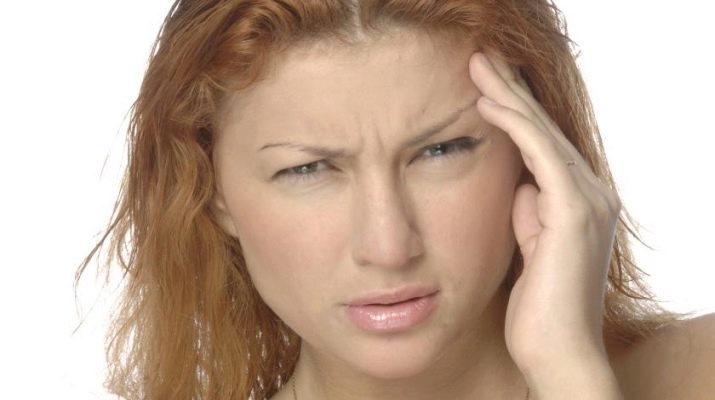
Ways to fight
The diagnosis of the disease is determined on the basis of patient complaints, examination results and special testing. To diagnose the disease, the Beck, Hamilton and HADS scales of anxiety and depression, the Zang scale (for self-assessment of anxiety), and other methods can be used. If there is a suspicion of any somatic pathology, the patient is referred for consultation with a therapist and other specialists. Treatment is carried out according to an individual plan, taking into account the condition of the patient, the presence or absence of other mental and somatic deviations.
Drug treatment is carried out when detecting concomitant depressive disorders, a high level of anxiety, psychological exhaustion and the absence of any resources for the patient to conduct psychotherapeutic work. Beta-adrenergic receptor blockers, benzodiazepine tranquilizers, tricyclic and serotonergic antidepressants are often used.
Medications can eliminate the symptoms, not the causes of the disease. After the withdrawal of drugs, phobophobia, as a rule, returns, therefore, pharmacotherapy is not considered as the main method of treatment.


In order to eliminate the causes of its development, various psychotherapeutic techniques are used: cognitive-behavioral and rational therapy, psychoanalysis, hypnosis, neurolinguistic programming. The main focus in phobophobia psychotherapy is to strengthen the body's adaptive abilities for traumatic sensations, to create a new way for the patient to respond to “terrible” reality, which is manifested in the following:
- in the course of cognitive work with the disease, the individual is aware of the mechanism of development of phobophobia and what exactly he is afraid of, a real or imaginary threat;
- there is a building of the so-called leading consciousness of perception of fear, readiness and ability to meet an attack, forming a preliminary base for a productive response;
- teaching the patient the right actions (not passive waiting); such actions should be active, conscious and focused.
An effective way to gradually master and control phobia is desensitization. Significant bodily tension generated by fear is reduced using a special technique of voluntary relaxation, which allows you to master your mind and emotional state. The emergence, development of phobophobia and other phobias concomitant with the disease is a completely unexplored psychological phenomenon. It is important to understand that mental stress, irrational and negative ways of thinking contribute to the development of anxiety and fear. This is a clear hint to the patient and an undoubted resource for a successful way out of the situation and victory over the disease. The prognosis of treatment outcomes depends on the severity of phobophobia, the duration and stage of its development, the presence of other mental disorders, the maturity and readiness of the individual for a final cure.
In the absence of serious addictions, other mental illnesses, with the active work of the patient, together with the psychotherapist in the vast majority of cases, it is possible to achieve a significant improvement in the patient's condition or the complete elimination of the symptoms of the disease.

